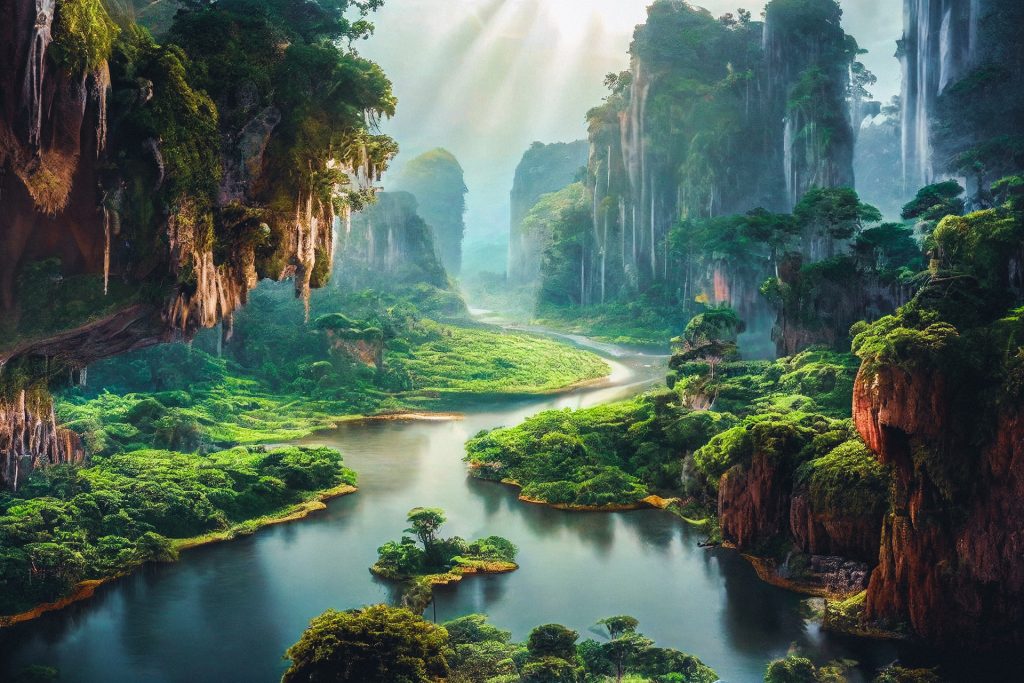
Photography has come a long way since the first daguerreotype was created in 1839. With the advent of digital technology and the internet, photography has become more accessible to people than ever before. Today, we are seeing a new era in photography, one that is being shaped by artificial intelligence and machine learning.
AI and machine learning are already being used in many different areas of photography, from image processing and editing to object recognition and image search. For example, many smartphones now come with built-in AI features that can automatically adjust the lighting and color balance in a photo, making it look more professional. Other AI-powered tools can help photographers identify and remove unwanted elements from an image, such as a person who walked into the shot at the wrong moment.
One of the most exciting areas of AI and machine learning in photography is in the field of image recognition and search. With the help of AI, photographers can now easily search through their vast collections of photos and find exactly what they are looking for. This is especially useful for professionals who have to sift through thousands of images to find the perfect shot. In addition, AI can also help photographers identify and classify different objects in an image, such as a specific species of bird or a particular car model.
Another area where AI and machine learning are making a big impact is in the field of image generation. With the help of AI, photographers can now create realistic images of objects and scenes that do not exist in the real world. This can be used for everything from creating realistic backgrounds for product photography to generating entire virtual worlds for video games.
Despite all these exciting advances, there are also some potential downsides to the increasing use of AI and machine learning in photography. For example, as AI becomes better at creating realistic images, it may become harder to tell the difference between real and fake photos. This could lead to issues with misinformation and fake news, as well as ethical concerns about the use of AI-generated images in advertising and other areas.
Overall, the future of photography looks very exciting, thanks to the many new possibilities that are being opened up by artificial intelligence and machine learning. As these technologies continue to develop and improve, we can expect to see even more incredible advances in the field of photography. However, it’s important to be aware of the potential downsides and ethical concerns and work to ensure that these technologies are used responsibly.